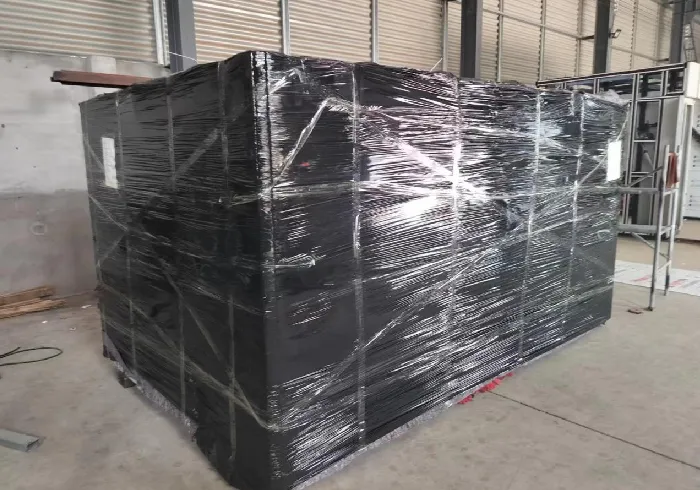
- Afrikaans
- Albanian
- Amharic
- Arabic
- Armenian
- Azerbaijani
- Basque
- Belarusian
- Bengali
- Bosnian
- Bulgarian
- Catalan
- Cebuano
- Corsican
- Croatian
- Czech
- Danish
- Dutch
- English
- Esperanto
- Estonian
- Finnish
- French
- Frisian
- Galician
- Georgian
- German
- Greek
- Gujarati
- Haitian Creole
- hausa
- hawaiian
- Hebrew
- Hindi
- Miao
- Hungarian
- Icelandic
- igbo
- Indonesian
- irish
- Italian
- Japanese
- Javanese
- Kannada
- kazakh
- Khmer
- Rwandese
- Korean
- Kurdish
- Kyrgyz
- Lao
- Latin
- Latvian
- Lithuanian
- Luxembourgish
- Macedonian
- Malgashi
- Malay
- Malayalam
- Maltese
- Maori
- Marathi
- Mongolian
- Myanmar
- Nepali
- Norwegian
- Norwegian
- Occitan
- Pashto
- Persian
- Polish
- Portuguese
- Punjabi
- Romanian
- Russian
- Samoan
- Scottish Gaelic
- Serbian
- Sesotho
- Shona
- Sindhi
- Sinhala
- Slovak
- Slovenian
- Somali
- Spanish
- Sundanese
- Swahili
- Swedish
- Tagalog
- Tajik
- Tamil
- Tatar
- Telugu
- Thai
- Turkish
- Turkmen
- Ukrainian
- Urdu
- Uighur
- Uzbek
- Vietnamese
- Welsh
- Bantu
- Yiddish
- Yoruba
Innovative Solutions for Efficient Auto Car Wash Equipment and Services
The Evolution of Auto Car Wash Equipment
The automotive industry is constantly evolving, driven by technological advancements and the ever-increasing demand for convenience and efficiency. One significant sector within this industry is car wash equipment, which has transformed remarkably over the years. Whether you operate a full-service car wash or a self-service washing station, understanding the evolution of auto car wash equipment can help you make informed decisions, improve service quality, and enhance customer satisfaction.
Historical Perspective
To appreciate the current state of car wash technology, it’s essential to understand its origins. The car wash industry began in the early 20th century when the first automatic car wash was introduced in 1940. This innovation laid the groundwork for a multitude of machines and processes designed to clean automobiles quickly and efficiently. Early car washes were rudimentary, relying heavily on manual labor and basic tools like brushes and hoses. These initial systems were time-consuming and labor-intensive, leading to limited customer throughput.
Advancements in Technology
As technology advanced, so did the methods used in car washes. The introduction of conveyor systems revolutionized the industry by allowing multiple vehicles to be cleaned simultaneously. With conveyor car washes, customers could leave their cars on a track while machines performed the washing and drying processes. This efficiency significantly increased customer volume and service speed, fundamentally changing the business model for car washes.
Over the years, innovations have included the development of foam-based soaps, advanced drying systems, and high-pressure water jets. These improvements have enabled car washes to deliver a more thorough clean in a shorter amount of time. Moreover, the introduction of touchless wash systems has further minimized the risk of damage to vehicle surfaces while providing an effective cleaning solution.
Eco-Friendly Solutions
Recent trends in car wash equipment have leaned heavily toward sustainability. The growing awareness of environmental concerns has spurred the development of eco-friendly technologies. Water recycling systems, for instance, allow car washes to reduce their water consumption significantly. These systems can filter and treat runoff water for reuse, making operations more sustainable and cost-effective.
auto car wash equipment

Furthermore, biodegradable cleaning agents are now commonplace, ensuring that car washes can operate without causing harm to the environment. This responsibility resonates well with consumers, who are increasingly inclined to patronize businesses that demonstrate environmental stewardship.
Smart Technology Integration
In today’s digital age, car wash equipment is becoming increasingly integrated with smart technology. Many modern car washes now offer automated payment systems, mobile app integration, and customer loyalty programs. These innovations enhance the user experience by allowing customers to schedule washes, choose services, and pay—all from their smartphones. Such conveniences not only improve operational efficiency but also facilitate better customer engagement and retention.
The use of data analytics is another critical advancement in the industry. By collecting and analyzing customer data, car wash operators can identify peak times, customer preferences, and necessary equipment maintenance. This proactive approach aids in optimizing operations and ultimately leads to improved service delivery.
Future Trends
Looking forward, the automotive car wash equipment market will likely continue to evolve. Emerging technologies such as artificial intelligence (AI) and machine learning are poised to play significant roles in how car washes operate. These technologies could enable greater customization of services based on individual customer behaviors and preferences.
Moreover, the integration of electric and hybrid vehicle-friendly wash systems is expected as these vehicles become more prevalent on the roads. Facilities will need to adapt to accommodate these changes and meet the unique cleaning needs of electric vehicles, which may have different wash requirements due to their design and components.
Conclusion
In conclusion, the evolution of auto car wash equipment reflects the broader trends of technological advancement and environmental consciousness within the automotive industry. From its humble beginnings, the car wash has transformed into a sophisticated blend of efficiency, convenience, and sustainability. As we look to the future, it is evident that the demand for state-of-the-art car wash solutions will continue to grow, driven by consumer expectations and the need for environmentally responsible practices. Embracing these changes will be key for car wash operators aiming to succeed in an increasingly competitive market.
-
Integrating Aqua Tunnel Car Wash in Shopping CentersNewsJun.24,2025
-
Gas Station with an Auto Car Wash MachineNewsJun.24,2025
-
Efficiency in Your Aqua Tunnel Car Wash: Power & Water-SavingNewsJun.24,2025
-
Car Wash Business with Advanced Auto Car Cleaning MachinesNewsJun.24,2025
-
Balancing Setup Costs with Aqua Tunnel Car WashNewsJun.24,2025
-
Aqua Tunnel Car Wash: Eco-Design for the Energy-Savvy EntrepreneurNewsJun.24,2025



